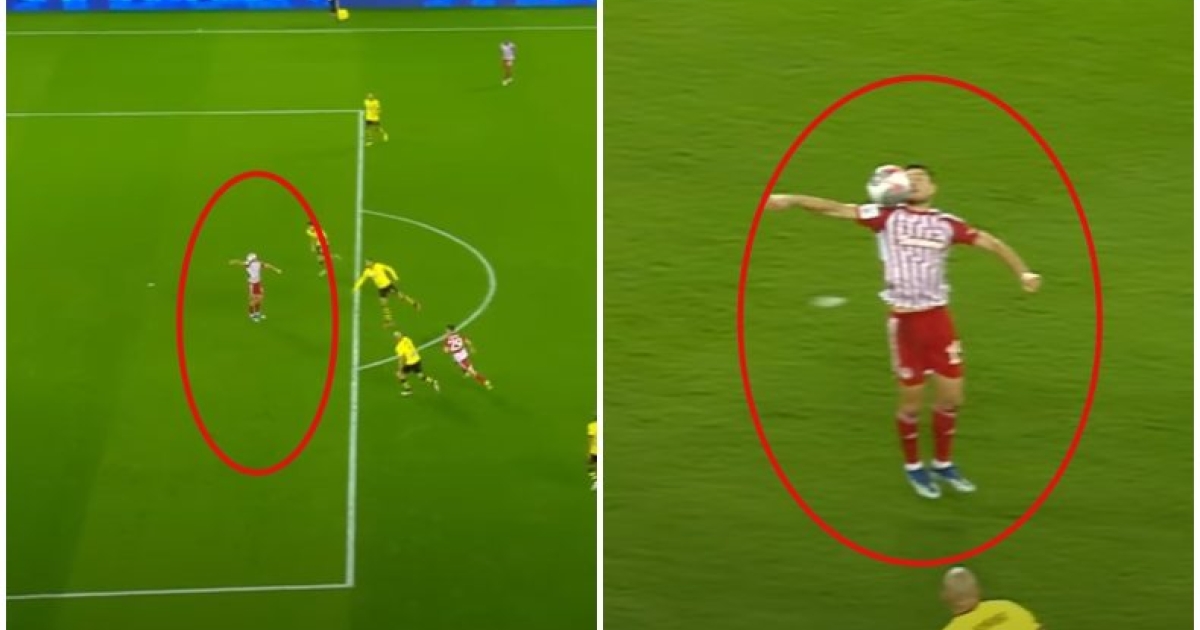
What is stipulated in the regulations for the pipe hand stage and the FIFA image that explains when there is a hand in these stages.
AEK probably won 2-1 over Olympiacos Sunday night in “G Karaiskakis”, but there were some stages that sparked… a storm of protests from the “red whites” and It also led to Alexis Kougia's post-match situation.
One of them was Berrios' disallowed goal George Masoura In the 67th minute. There the Greek striker made a very difficult mark, which according to the referee's decision was in his hand, and then he finished the stage perfectly by making the score 2-2, a stage that was never counted.
The decision regarding this stage did not change even after controlling the stage He was. So, let's see what the regulation defines for these stages by examining the image it quotes itself International Football Association Board for these stages.
What does the picture show about the hand?
In the picture below (which is from the Federation’s rule book), it appears that there is no violation when the player controls the ball with his shoulder and a small continuation of it reaches, for example, the height of the lower part of the armpit. When a soccer player uses any other part of his hand underneath him there is a violation. This, as can be seen from the third drawing, has nothing to do with the position the hand could be in, which does not affect, i.e. it does not matter whether it is extended or not, if the player finds the ball at the point of the hand. The hand is from the lower part of the armpit and above, which is what the system defines as… within the limits of the law.
What does the regulation say?
For the purposes of defining handball fouls, the upper limit of the upper arm is considered to be the lower part of the armpit. Any contact of the player's hand/arm with the ball is not considered a foul.
It is an offense if the player:
- • Intentionally touching the ball with the hand/arm, for example, moving the hand/arm towards the ball
- • Touching the ball with his hand/arm in a way that makes his body unnaturally large. A player is deemed to have made his body unnaturally large when the position of his hand/arm is not derived or justified by the movement of the player's body during that phase.
Watch the stage at minute 2:50 of the video with highlights:

“Certified social media geek. Lifelong coffee aficionado. Passionate food buff.”





More Stories
Arsenal is heading towards the title with a 3-0 win over Bournemouth
Terim leaves, Alafuzos brings… Medibar
Monaco: A huge three-pointer from Mike James and a last effort from the deadly Wilbekin